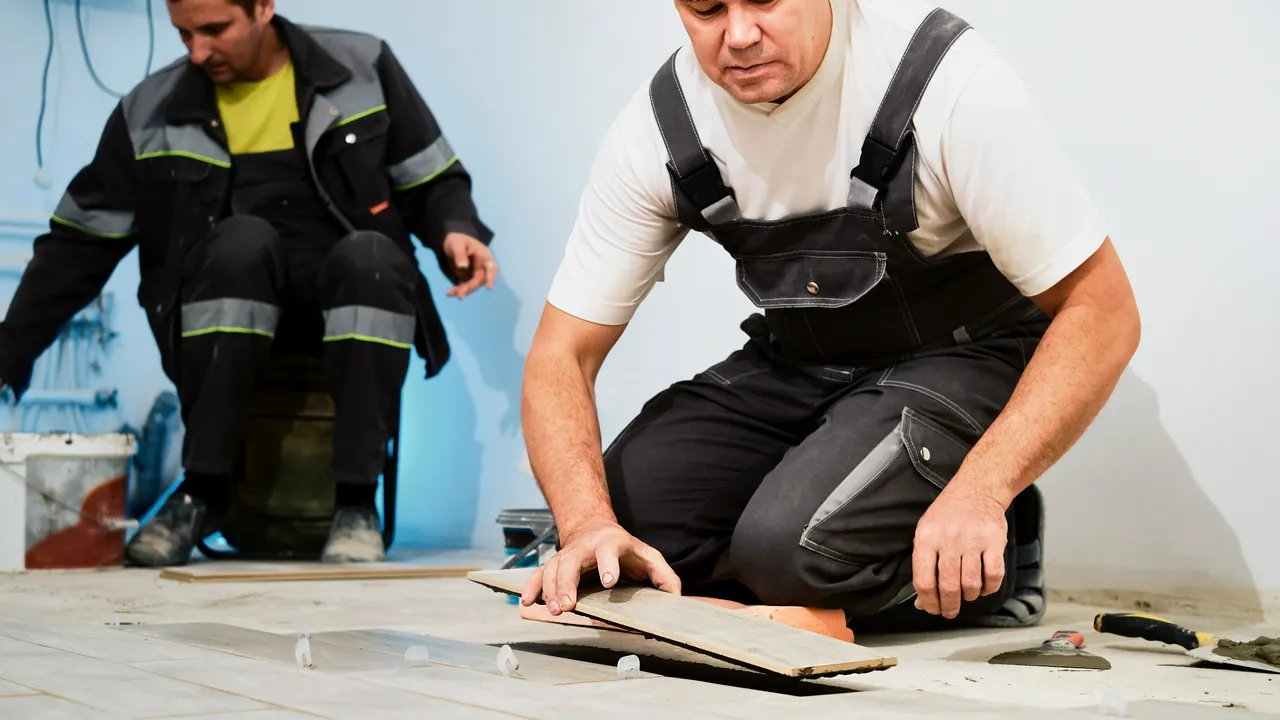
Overcoming Basalt Tile Installation Issues
Natural stones have become a staple in modern flooring, with basalt tiles emerging as a popular choice for their aesthetic appeal and durability. However, these tiles are not without their challenges. The key to overcoming basalt tile problems lies in understanding the unique characteristics of the stone and employing the right techniques during installation and maintenance. By acknowledging the issues and focusing on solutions, homeowners and installers can ensure that basalt tiles remain a reliable and beautiful flooring option.
Navigating Basalt Tile Complications
Basalt tiles, renowned for their natural beauty and strength, are not impervious to installation challenges. The process begins with the foundational steps, as the stone’s inherent properties require skillful handling to ensure longevity. Imperfections on the surface are common, and without proper leveling, can result in uneven placement. A key measure is thorough surface preparation, supplemented by leveling compounds to achieve a smooth base for the tiles.
Durability is a prime consideration for basalt tile users, who often query the resilience of this natural stone. While basalt tiles are durable, their longevity is contingent on addressing certain vulnerabilities. Regular maintenance and care can substantially extend their lifespan, preserving both their function and aesthetic allure.
Stain resistance is another concern due to basalt’s porous nature. Rapid response to spills, particularly acidic substances, is crucial to avoid permanent staining. Regular sealing and the use of pH-balanced cleaners are recommended practices to minimize the risk of stains and maintain the stone’s natural sheen.
Moisture exposure, especially in areas like bathrooms and patios, can be detrimental to basalt tiles. Protective measures during installation, such as waterproof underlayments, and ongoing sealing can shield the tiles from moisture-related damage, ensuring their integrity in various environments.
Finally, the selection of sealants for basalt tiles is not just a matter of protection but also aesthetics. Different sealants can affect the stone’s appearance, enhancing or darkening its natural pattern. Testing sealants on a discrete section before full application is advisable to ensure the desired outcome while providing the best defense.
Ensuring Basalt Tile Durability
Basalt tiles offer remarkable strength and durability but require careful handling to maintain their condition. Addressing vulnerabilities such as wear and tear is crucial; this involves regular maintenance, using non-abrasive cleaners, and preventing furniture from scraping the surface. Sealing the tiles adds a protective layer, shielding them from everyday deterioration and preserving their elegance over time.
Stain resistance is another aspect of basalt tiles that demands attention. Quick response to spills and regular sealing can prevent permanent discoloration. Employing pH-balanced cleaners is also advisable to protect the stone’s natural shine and prevent damage from acidic substances.
Moisture can pose a significant threat to basalt tiles, particularly in damp areas of a home. Installing waterproof underlayments and membranes during the initial setup can prevent moisture penetration. Regular sealing offers a double layer of defense, keeping the tiles intact in various settings.
Finally, the choice of sealant plays a pivotal role in both the protection and the aesthetic appeal of basalt tiles. It’s essential to select a sealant that complements the stone’s natural beauty without altering its appearance drastically. Testing the sealant on a small, hidden area can ensure satisfactory results while providing the necessary protection.
Expert Tips for Basalt Tile Setup
Setting up basalt tiles correctly is fundamental to ensure their longevity and aesthetic appeal. It is crucial to start with a well-prepared substrate; the surface needs to be clean, level, and free of defects. Specialists advise the use of leveling compounds to correct any surface irregularities and to ensure a solid base for the tiles to adhere to.
Sealing the tiles before grouting is another essential step. The porosity of basalt can cause grout to penetrate and mar the surface if not properly sealed. It’s recommended to apply a high-quality sealant designed for natural stone.
Finally, the choice of grout and adhesive must be compatible with basalt tiles. Non-acidic, non-abrasive products should be used to avoid damage. It’s also important to follow all manufacturer guidelines for the adhesive and grout to ensure the best possible bond and reduce the risk of future problems. Regular maintenance after installation can keep basalt tiles in pristine condition for years to come.

In conclusion, the successful installation and maintenance of basalt tile hinge on meticulous preparation and ongoing care. Ensuring a level substrate, sealing the tiles prior to grouting, and choosing the appropriate adhesives are pivotal steps in the setup process. To preserve the integrity and appearance of basalt tile, it is equally important to conduct regular maintenance, including gentle cleaning and periodic resealing. Following these guidelines will help in harnessing the natural beauty and durability of basalt tiles, making them a lasting addition to any space.
For more information regarding high-quality Basalt Tile please contact our Whatsapp at +62 813-9283-8231 (Wicak). Our experienced team is ready to assist you.







